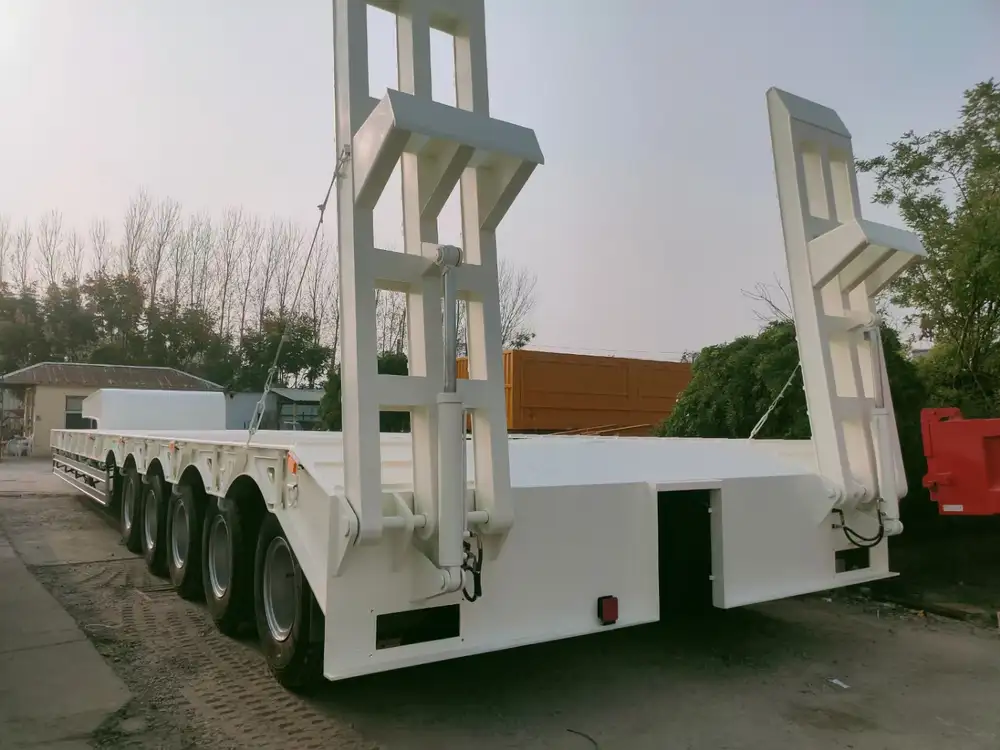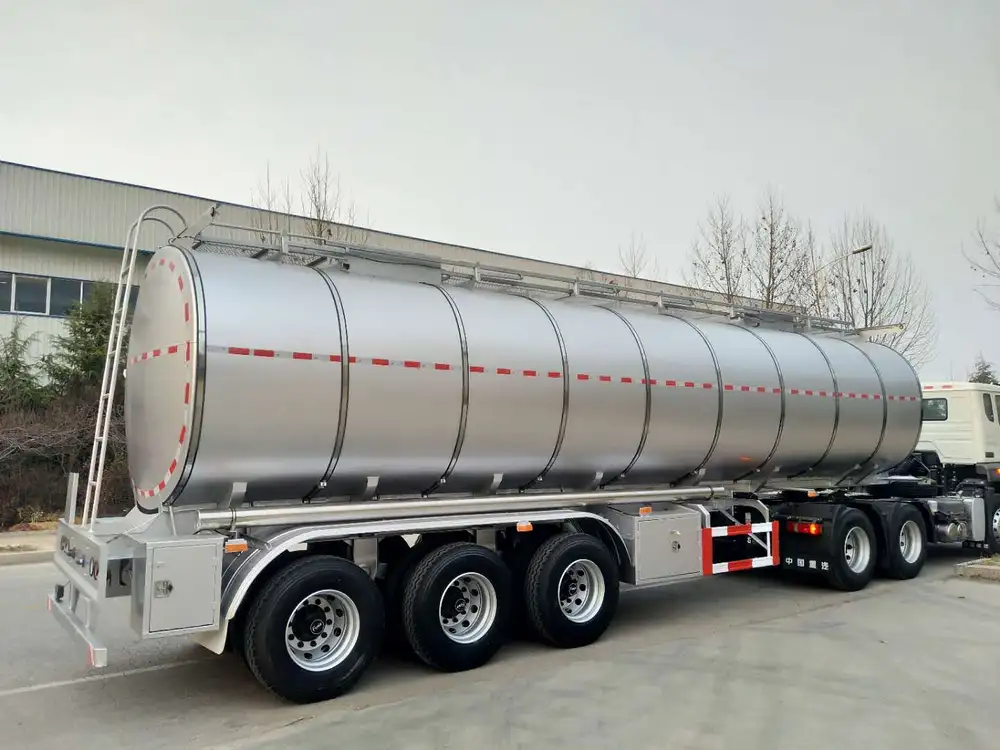When exploring the essential question of how much water a tanker can hold, we delve into an intricate world that encompasses design, engineering, and operational practices. This article serves as a comprehensive guide, drawing from industry standards and practical insights to illuminate the capacities of tanker trucks, ships, and barges used in a myriad of applications.
Types of Tankers and Their Capacities
It’s vital to understand the distinction between the various types of tankers, as their capacities can differ significantly. Here’s a breakdown of the common types:
| Type of Tanker | Typical Capacity Range | Application |
|---|---|---|
| Water Tanker Trucks | 1,000 – 12,000 gallons | Municipal water supply, firefighting, construction |
| Oil Tankers | 50,000 – 500,000 tons | Transporting crude oil and refined petroleum |
| Chemical Tankers | 5,000 – 50,000 tons | Hazardous liquid chemicals |
| Bulk Water Carriers | 100,000 – 200,000 tons | Supplying water to remote areas |
Understanding these capacities lays the groundwork for grasping how they correspond to different operational needs.
Water Tanker Trucks
Water tanker trucks, often ranging between 1,000 to 12,000 gallons, are versatile vehicles crucial for local drinking water supply, construction, agriculture, and emergency services.
- Example: A typical municipal water tanker holds about 3,000 gallons, providing essential firefighting support or daily agricultural irrigation needs.

Oil Tankers
Oil tankers, classified as Very Large Crude Carriers (VLCCs), can accommodate between 50,000 to 500,000 tons, translating to millions of gallons of liquid.
- Interesting Fact: A single VLCC can carry enough crude oil to supply an entire country’s needs for an extended period, underscoring their importance in global trade.
Chemical Tankers
Chemical tankers are specially designed to transport liquid chemicals, and their capacities can range from 5,000 to 50,000 tons. These tankers often feature multiple compartments to safely carry different types of chemicals simultaneously.
- Safety Consideration: Due to the hazardous nature of the liquids transported, these tankers must adhere to strict regulations to mitigate environmental risks.
Bulk Water Carriers
Bulk water carriers are often employed for large-scale water transport, capable of holding anywhere between 100,000 to 200,000 tons of water. They are particularly useful in situations where a consistent supply of potable water is indispensable, such as in arid regions or during natural disasters.

Factors Influencing Tanker Capacity
Several considerations affect the actual capacity of tankers and their effective use. These factors include:
1. Design and Construction
- Tankers are engineered with unique hull shapes and materials that can significantly influence their load-bearing capabilities. The materials must withstand severe environmental pressures, especially in marine applications.
2. Legal Regulations
- Vessels are subject to regulatory limits imposed by various maritime authorities, affecting the operational capacity and design of tankers—these regulations ensure safety and environmental protection.

3. Operational Requirements
- The intended use of the tanker influences its design. For example, a tanker designed to carry fresh water often features different lining and construction specifications compared to one that transports crude oil.
4. Environmental Conditions
- External conditions such as waves, wind, and weather must be considered in the design phase, as they can alter effective capacity and necessitate additional structural supports.
Calculating Tanker Capacity: The Formula
The technical formula for calculating a tanker’s capacity varies depending on its shape, but a general formula for a cylindrical tank is as follows:
[ \text{Volume} = \pi \times r^2 \times h ] Where:- ( \pi ) ≈ 3.14159
- ( r ) = radius of the tank
- ( h ) = height (or length) of the tank in feet or meters
Using the above formula, one can derive the capacity in cubic feet, which can subsequently be converted to gallons (1 cubic foot equals approximately 7.48 gallons).

Example Calculation
For a cylindrical water tank with a radius of 3 feet and a height of 15 feet:
- Volume = ( \pi \times (3)^2 \times 15 )
- Volume = ( \pi \times 9 \times 15 = 423.9 \text{ cubic feet} )
- Gallons = ( 423.9 \times 7.48 \approx 3,167 \text{ gallons} )
This calculation demonstrates how one might arrive at the effective water holding capacity of a tank.
Practical Applications of Tanker Capacities
Water Supply Systems
Water tankers are indispensable for public utilities, ensuring that cities and towns have a reliable water supply—especially critical during droughts or emergencies.

Construction and Agriculture
In construction, these tankers provide essential water for dust control and material mixing. Agriculture relies heavily on water tankers for irrigation, especially in areas experiencing water shortages.
Disaster Relief
During natural disasters, mobile water tankers quickly deliver clean drinking water to affected communities, exemplifying their role in humanitarian aid.
Technological Innovations in Tanker Design
The field of tanker construction is evolving, with innovative technologies enhancing efficiency and safety standards:

1. Smart Tanker Systems
- Integration of IoT (Internet of Things) technologies allows for real-time monitoring of fluid levels, pressure, and temperature; aiding in predictive maintenance and reducing operational risks.
2. Advanced Materials
- The use of advanced composites and treated steel in construction improves durability and resistance to corrosive materials, extending the lifespan of the tanker.
3. Eco-Friendly Designs
- New designs focus on reducing the carbon footprint of tankers through optimized hull shapes and engines, minimizing fuel consumption and emissions.

Environmental Considerations and Regulations
It’s essential for tanker manufacturers and operators to adhere to stringent environmental regulations imposed by entities like the Environmental Protection Agency (EPA) and the International Maritime Organization (IMO). These laws are crucial for protecting ecosystems and ensuring sustainable practices.
Examples of Regulations:
| Regulation Entity | Key Focus Area |
|---|---|
| EPA | Water quality and pollution prevention |
| IMO | Safety and pollution prevention in international waters |
Conclusion: Mastering Tanker Capacities
In summation, understanding how much water a tanker can hold extends beyond mere numerical values; it encompasses a complex interplay between design, functionality, and utility. We have dissected various types of tankers, their capacities, and their practical applications, alongside the numerous factors that influence these dynamics.
As we continue to explore technological advancements and regulatory requirements, we must appreciate the significant role tankers play in water supply, construction, and environmental sustainability. By leveraging innovative design and adhering to safety regulations, manufacturers can ensure their tankers provide reliable, efficient service, capable of meeting the diverse needs of both urban and industrial applications.
This comprehensive overview not only sheds light on capacities but also positions industry players to make informed decisions moving forward, securing their place within the growing landscape of global water transport solutions.



